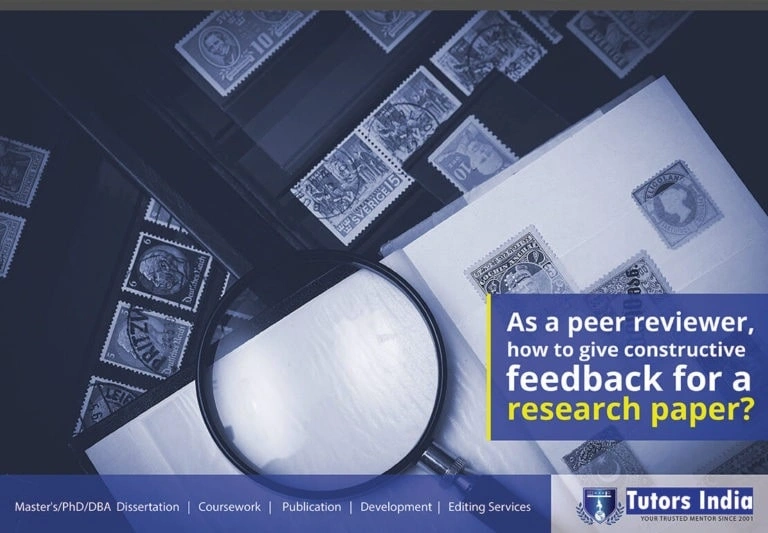Five Simple Rules: As a peer reviewer, how to give constructive feedback for a research paper?
Five Simple Rules
Feedback for a research paper is meant to improve the quality of the research paper and ensure that it meets the required standard. But giving feedback is also to offer a different perspective, ‘fresh eyes’ so to speak. Keeping this in mind, it is imperative that you first decide how you want to approach the paper in the first place. Many researchers offering feedback make the mistake of thinking that one has to be ‘nice’ when offering feedback. Wrong. It is no doubt important to comment on the strengths of the paper and not just focus on the negatives. Therefore, one has to choose to be objective and not ‘nice.’ Once you have made up your mind to do so, you are now ready to delve into the paper itself.

As you go along mark your comments on each of the areas that you think needs some clarity or improvement. Therefore,
RULE # 1: Do Not Mark Red throughout a Paper with too general or Vague feedback rather offer critical suggestions for improvement. Also, mark areas that you think are strong and well-defined. Once done, you need to ensure that your feedback is clear and that the writer can understand your perspective as well.
RULE # 2: Start with a positive statement. Appreciate the author /student whenever the work is thoughtful and well-prepared but be specific so that he/she should know what is being praised.
For this, you need to jot down a few things. First, clearly summarize what you have understood of the research so that the writer knows where you stand and can better understand your comments that follow. Next, make sure that you write down what contribution you think the research makes. Be appreciative and also make a list of the strong points of the paper, this also serves your objectivity stance. After this, clearly outline (in a paragraph maybe) what you think can be done to enhance the paper further in terms of the content and maybe some areas where the concept is not clearly depicted.
RULE # 3: Highlight the contributions and focus on major points followed by weakness and possible ways for improvement. You may also generally comment on the grammar, structure, headings, etc.
RULE # 4: But always remember to make a clear delineation between the research itself and the other tasks such as grammatical errors, typographical errors, spacing errors, etc.
RULE #5: Lastly, in order to better the overall feedback, you can ask the writer is there are any areas that you specifically need to scrutinize so that your feedback can be more focused.

 Next Post
Next Post